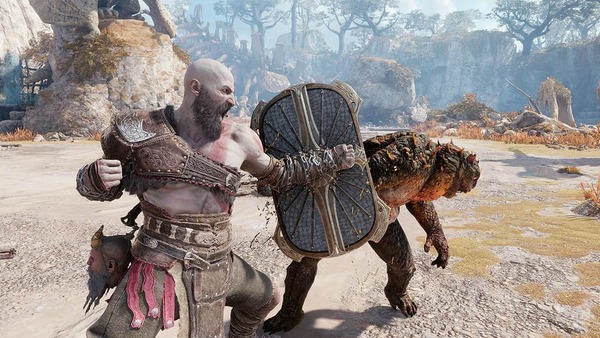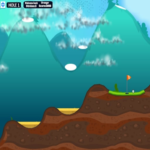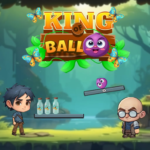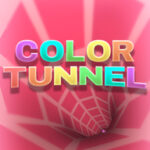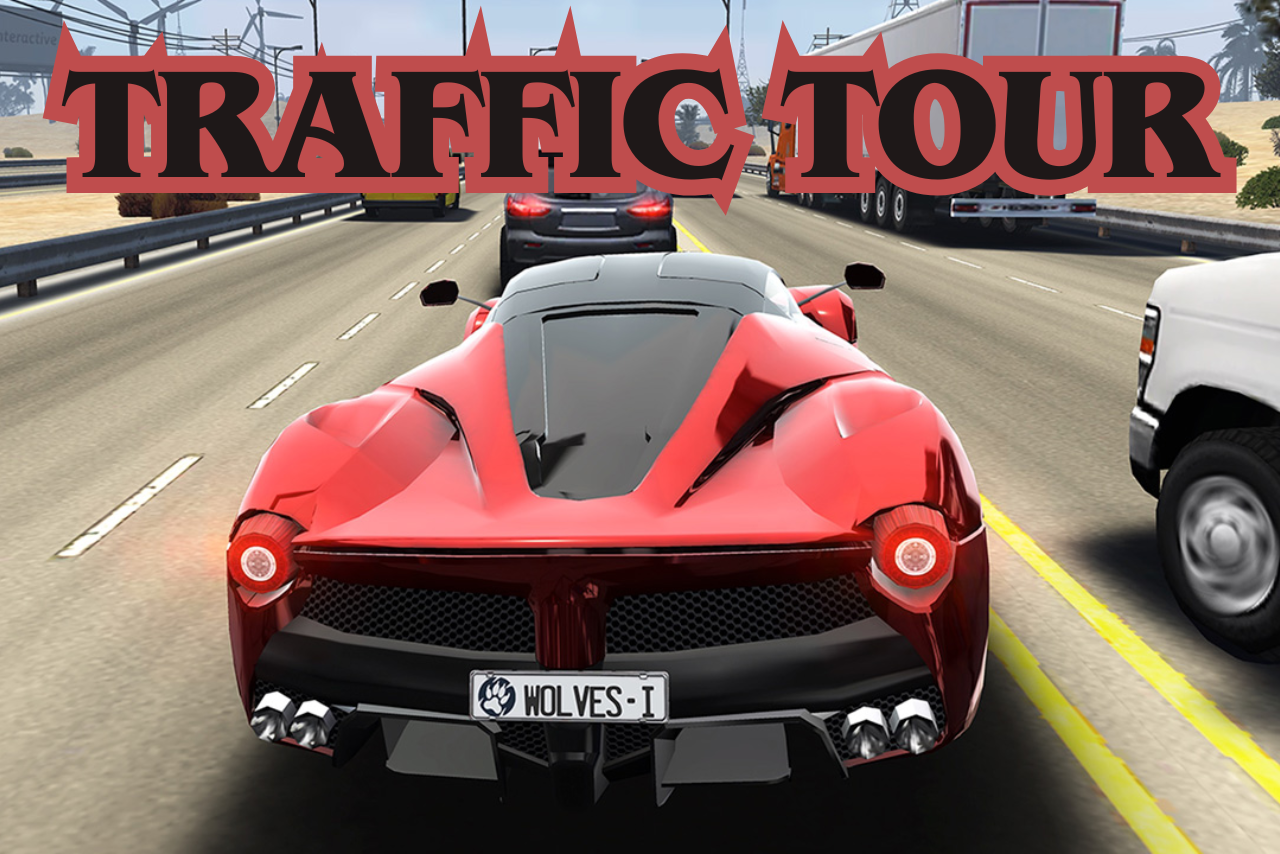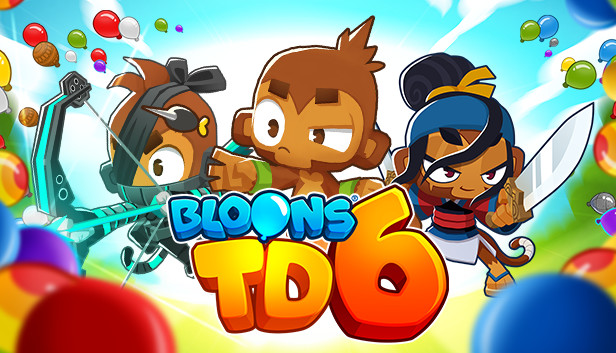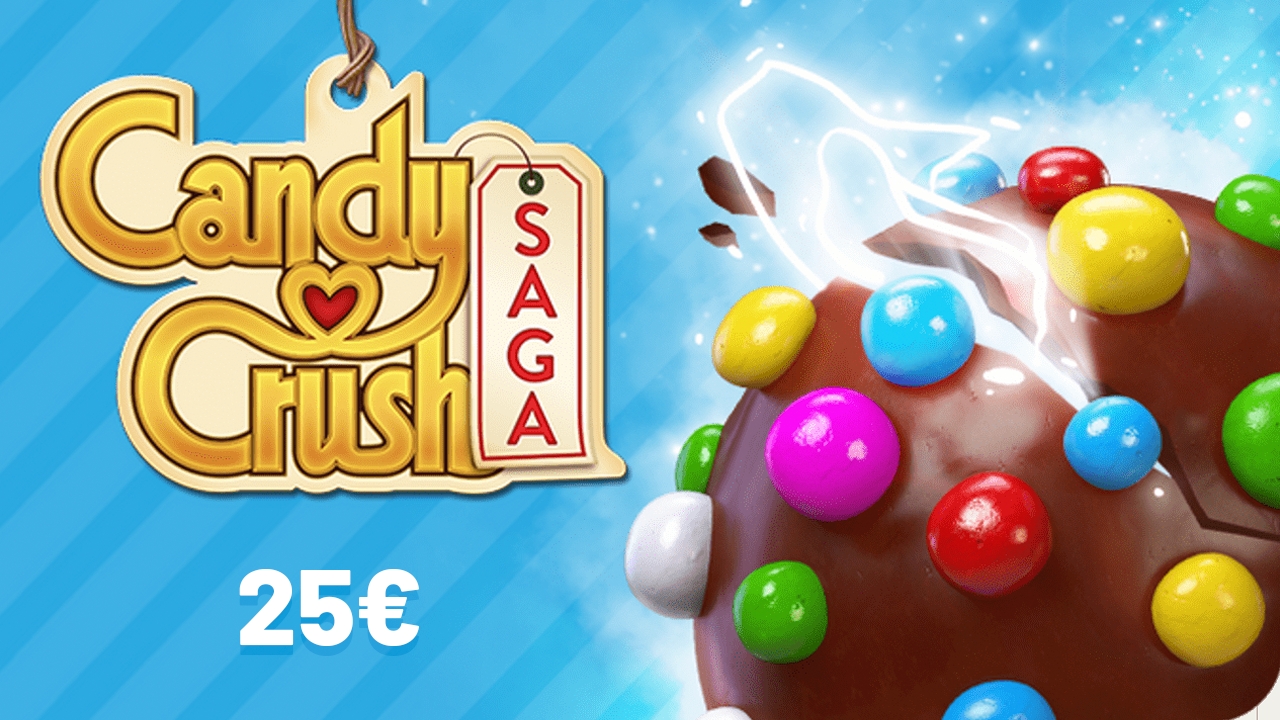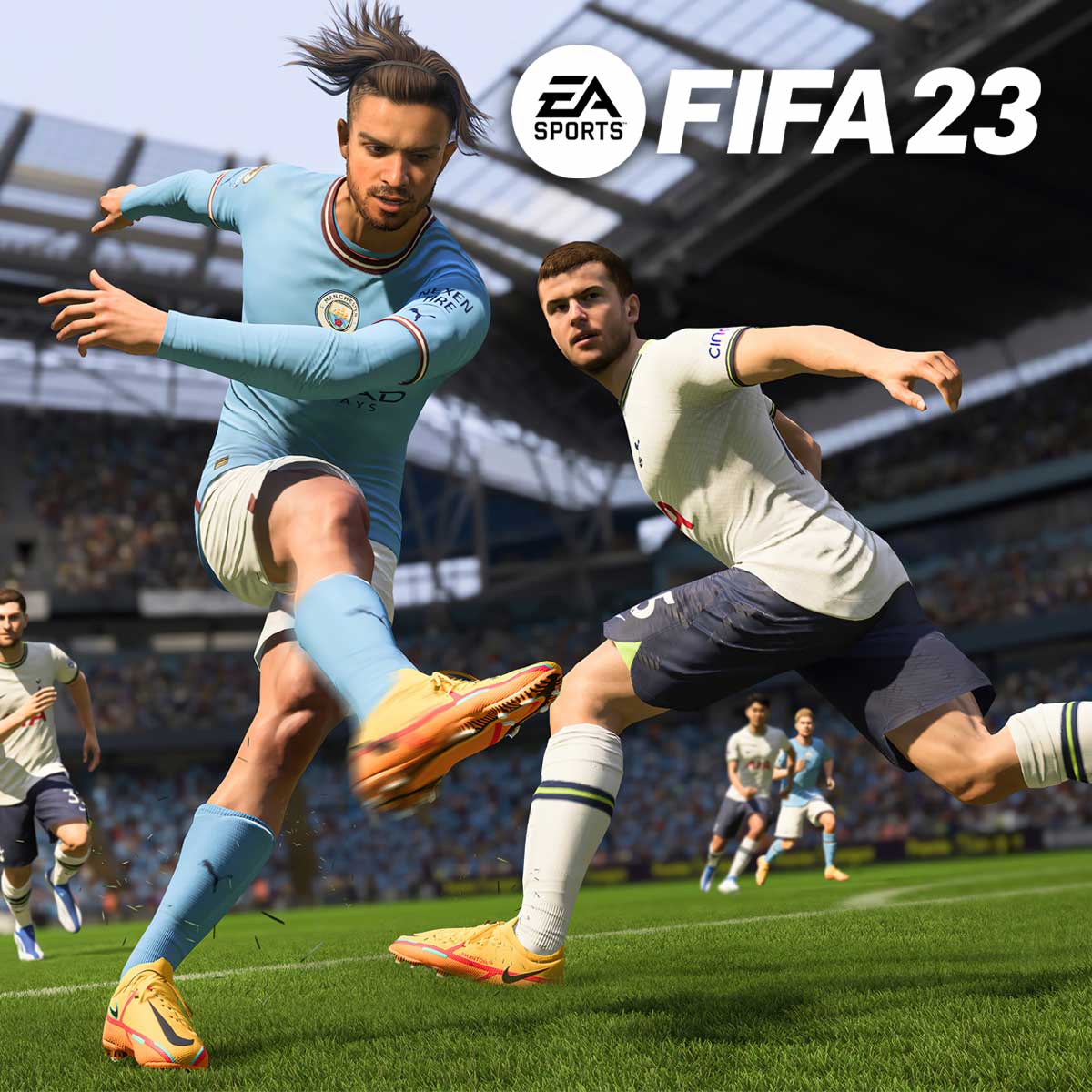League of Legends – The Global Titan of Competitive Esports
Introduction
League of Legends (LoL), developed and published by Riot Games, is a free-to-play multiplayer online battle arena (MOBA) game released in 2009. Since its debut, it has grown into one of the most played and watched video games in the world, with a competitive scene rivaling traditional sports. Featuring intense team-based strategy, a vast and ever-expanding roster of champions, and high skill expression, League has influenced the gaming industry like few others.
Whether you're a casual player or a professional esports fan, League of Legends offers a deep, rewarding experience. With consistent updates, a vibrant community, and a massive global presence, it has become a cornerstone of modern online gaming.
1. Development History and Launch
Riot’s Vision for Competitive Online Play
League of Legends was Riot Games’ first title, created by a small team of developers, many of whom were inspired by the Defense of the Ancients (DotA) mod for Warcraft III. Riot’s goal was to make a standalone MOBA that was more accessible, polished, and constantly evolving.
A Surprising Launch and Growth
Launched in October 2009, the game began with a modest player base but quickly expanded through word of mouth and community support. Riot’s free-to-play model and regular champion releases helped maintain momentum, and soon, League was dominating the MOBA genre globally.
2. Gameplay Basics
Core Objectives
League is played in 5v5 matches where teams aim to destroy the opposing team's Nexus, the heart of their base. Each match involves fighting across three lanes (top, mid, bot) with turrets, inhibitors, jungle monsters, and epic objectives like Baron Nashor and Dragon.
Champions and Roles
Players choose from over 160 champions, each with unique abilities, divided into five general roles: Top, Jungle, Mid, ADC, and Support. Strategy, synergy, and communication are essential, and no two games play out the same.
3. Champion Design and Diversity
Expanding the Roster
Champions range from magical mages to agile assassins and tanky juggernauts. Riot updates old champions (known as “reworks”) and frequently releases new ones, each with fresh mechanics and lore that keep gameplay exciting.
Balancing Fantasy and Function
Riot strives to balance champion power across competitive tiers while ensuring each one feels unique. With constantly shifting metas, players must adapt and learn, keeping the game dynamic and rewarding.
4. Map Design and Objectives
Summoner’s Rift – The Main Stage
The primary map, Summoner’s Rift, is finely tuned for strategic gameplay. Key objectives like Dragons, Rift Herald, and Baron Nashor offer powerful advantages and are often the focal points of team fights.
Seasonal Updates
Riot refreshes the map annually with new terrain mechanics, jungle changes, and visual updates. These tweaks prevent stagnation and offer new challenges for players to master each season.
5. Competitive Scene and Esports
Birth of a Global Esports Phenomenon
LoL’s competitive scene started with grassroots tournaments but rapidly evolved into a professional ecosystem. Major regional leagues (like the LCS, LEC, LCK, and LPL) now feed into the annual World Championship, which attracts millions of viewers.
World Championships
League Worlds is one of the most-watched esports events globally, often topping 100 million unique viewers. With cinematic productions, grand arenas, and player-driven storylines, it’s the Super Bowl of gaming.
6. Ranked System and Progression
Climbing the Ladder
Ranked mode allows players to test their skills in competitive play, progressing through tiers from Iron to Challenger. This ranked ladder is a core part of the game’s identity, motivating players to improve.
Rewards and Seasons
Each ranked season brings new cosmetic rewards like skins, emotes, and profile banners. Seasons typically reset annually, giving all players a fresh start and a reason to grind.
7. Community and Content Creation
Streamers and Influencers
League has a massive presence on Twitch and YouTube. Popular content creators, pro players, and coaches contribute to a thriving scene of guides, montages, and esports commentary.
Toxicity and Reform
Like many competitive games, League has struggled with player toxicity. Riot has implemented behavioral systems like reporting, chat restrictions, and honor rewards to encourage sportsmanship and punish misconduct.
8. Visual and Audio Design
Polished Presentation
League’s art style is colorful and stylized, offering clarity in combat while showcasing each champion’s personality. Riot continues to update older character models and animations to match modern standards.
Music and Sound
From in-game sound effects to epic music for Worlds, Riot’s audio design enhances immersion. Champion voice lines, jungle sounds, and ability cues all help players make quick, informed decisions.
9. Monetization and Skins
Free-to-Play, Fair-to-Win
League is entirely free to play, with all champions unlockable through gameplay. The primary monetization comes from cosmetic skins, which can dramatically change a champion’s appearance and animations.
Skins and Events
Riot frequently releases high-quality skins, including Ultimate and Prestige tiers. In-game events tied to skin lines (like Star Guardian or PROJECT) include missions, lore, and rewards, enhancing the player experience.
10. Longevity and Future Outlook
Still Going Strong
After more than a decade, League of Legends remains a dominant force. Regular patches, champion updates, new game modes, and cinematics keep players invested.
What’s Next?
Riot has expanded the League universe into other genres—Teamfight Tactics, Legends of Runeterra, Arcane on Netflix, and upcoming projects like the fighting game 2XKO. This transmedia approach ensures the brand will stay relevant for years to come.
Pros and Cons
Pros:
-
Vast champion pool and strategic depth
-
Regular updates and seasonal content
-
Strong competitive scene and esports infrastructure
-
Free-to-play with skill-based progression
-
Expansive lore and evolving universe
-
Polished visuals and excellent voice work
Cons:
-
Steep learning curve for new players
-
Toxicity in solo queue environments
-
Requires consistent time investment to improve
-
Meta can feel restrictive in ranked play
-
Occasional balance issues and power creep
Ratings Breakdown
-
Gameplay Depth: 9.5 / 10
-
Champion Design: 9 / 10
-
Visual & Audio Quality: 8.5 / 10
-
Community Engagement: 8 / 10
-
Esports and Competitive Play: 10 / 10
-
Monetization Model: 8.5 / 10
Conclusion
League of Legends is more than just a video game—it's a cultural phenomenon that has shaped online multiplayer gaming and modern esports. With its complex yet rewarding gameplay, stunning character design, and ever-evolving world, it continues to captivate millions globally.
Whether you’re a competitive strategist, lore enthusiast, or casual gamer, League offers endless challenges and creative expression. Its staying power proves that Riot Games created something timeless—an online battlefield where skill, teamwork, and passion converge.






